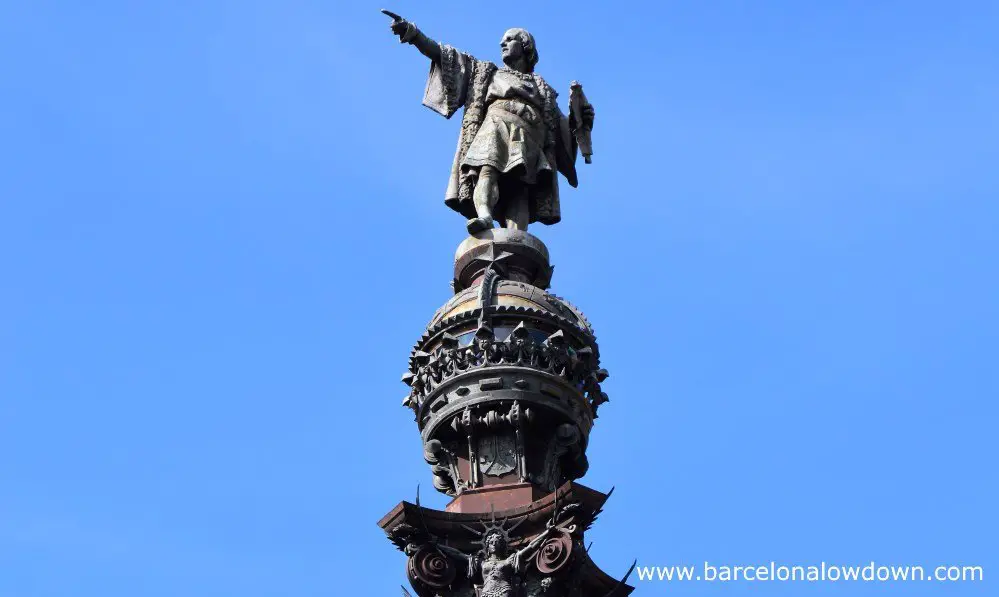
The Columbus Monument
Barcelona’s Columbus Monument (Catalan: Mirador de Colom) was erected in 1888 for the Universal Exposition. The 60m high iron column is topped by a bronze statue of the famous Italian explorer who is portrayed holding nautical charts and pointing out to sea.
Although the monument is a tribute to the man who discovered the Americas the statue is in fact facing in the opposite direction and points towards Mallorca.
Just below Columbus’ feet, there is a small viewing platform which is reached by an elevator housed within the tower. The glassed-in viewpoint affords panoramic birds-eye views of La Rambla as well as the Port Vell, Montjuïc mountain and the Gothic quarter. On windy days you can feel the iron column flex slightly as it is buffeted by the force of the wind.
The base of the column is made of stone and decorated by a collection of statues and bas-reliefs representing the discovery of the New World. There are also numerous decorative figures, including winged Phemes, Griffins and eight impressive lions. The latter are a popular backdrop for holiday photos and selfies.
Christopher Columbus and the Discovery of the New World
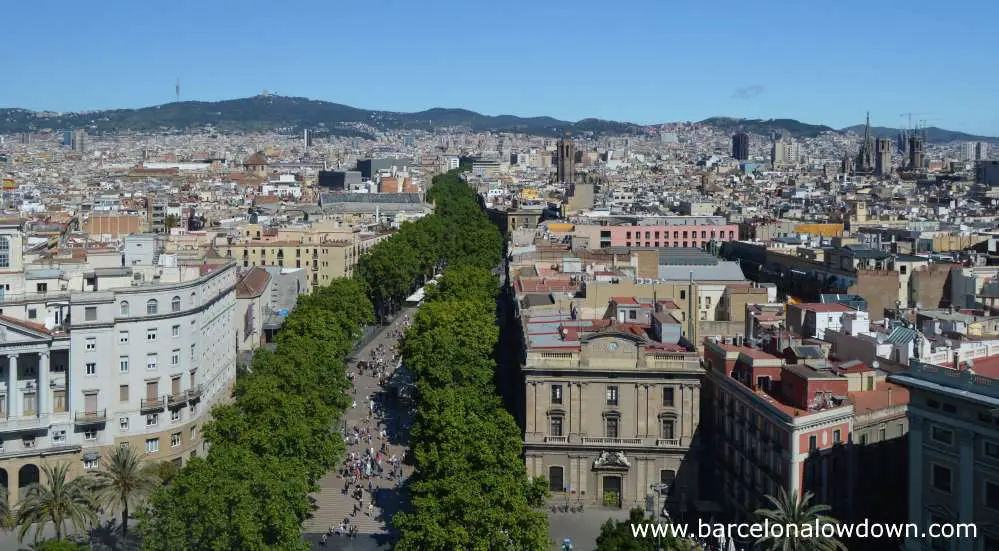
Christopher Columbus was born in Genoa (Italy) in 1451. His seafaring career started when he was just ten years old and joined the crew of a Genoese merchant ship. He sailed extensively throughout Europe and along the coast of West Africa and was a skilled navigator and sailor.
When Constantinople (Istanbul) fell to the Ottoman Turks in 1453, the traditional trade routes overland to Asia became very dangerous and Portuguese explorers began searching for an alternative route by sea around the coast of Africa.
It was common knowledge by this time that the world was spherical, and Columbus believed that the Indias could be reached more quickly by sailing west – an idea inspired by the Florentine astronomer Paolo dal Pozzo Toscanelli.
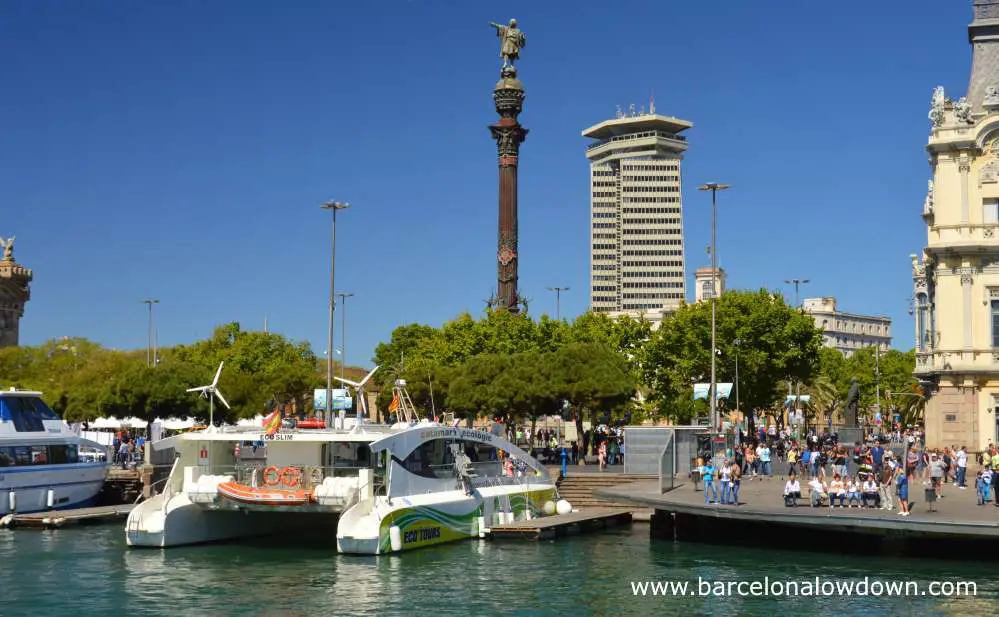
In 1485 Columbus started looking for sponsorship for his expedition, first from the Portuguese, then the English and finally the Spanish court. All of whom turned him down because they (correctly) thought that he had underestimated the distance to Asia.
Finally, in 1492 the Spanish monarchs Ferdinand II and Isabella I agreed to support Columbus’ expedition and promised to make him Viceroy and Governor of any lands which he could claim for Spain. On the 3rd of August 1492, Columbus set sail from Palos de la Frontera en route to the Canary Islands, heading south in order to avoid prevailing westerly winds in the Azores.
The fleet of three small ships set sail from San Sebastian de la Gomera on the 6th of September. Five weeks later, they landed at San Salvador (Bahamas) on October 12th before continuing on to Cuba.
Find out more about Christopher Columbus and the discovery of the Americas here.

Location:
Plaça Portal de la Pau, Barcelona
How to get there:
The nearest metro stop is Drassanes on the L3 green line.
There are several bus routes which stop nearby, including the open top city tour buses and the T3 shuttle bus to the cruise ships.
Opening hours:
Daily from 8:30 to 20:30
Closed Christmas Day and January 1st.
Entry Fee
- Standard €8
- Children, Students and OAPs €6
Optional wine tasting can also be included when booking.
50% discount with the Barcelona Card and Barcelona Card Express
Other attractions nearby:
- Les Rambles (Las Ramblas)
- Port Vell (the old port)
- Maremagnum shopping centre
- Las Golondrinas (boat trips)
- Barcelona Aquarium
Map
Plaça del Portal de la Pau s/n, Barcelona

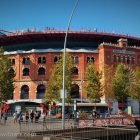
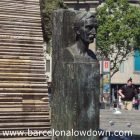
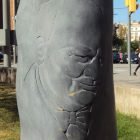
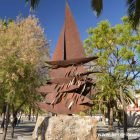
Barcelona was my first European city and after 45-plus years living on the continent, still remains my favorite. As I stand at the end of the Ramblas, I still always wonder why is Columbus pointing in the wrong direction? Is he indicating he’s bound to find the shortcut to the Far East? I guess if he was indicating west (the direction he eventually sailed), he’d have been sidetracked and still be sitting in the Hard Rock. Have a great summer!
Hi B,
He’d probably still be waiting for a table ;-)
Seriously, I think that the statue is a metaphor for exploration and the fact that it points out to sea makes more sense than if it pointed inland.
Thanks for your comment